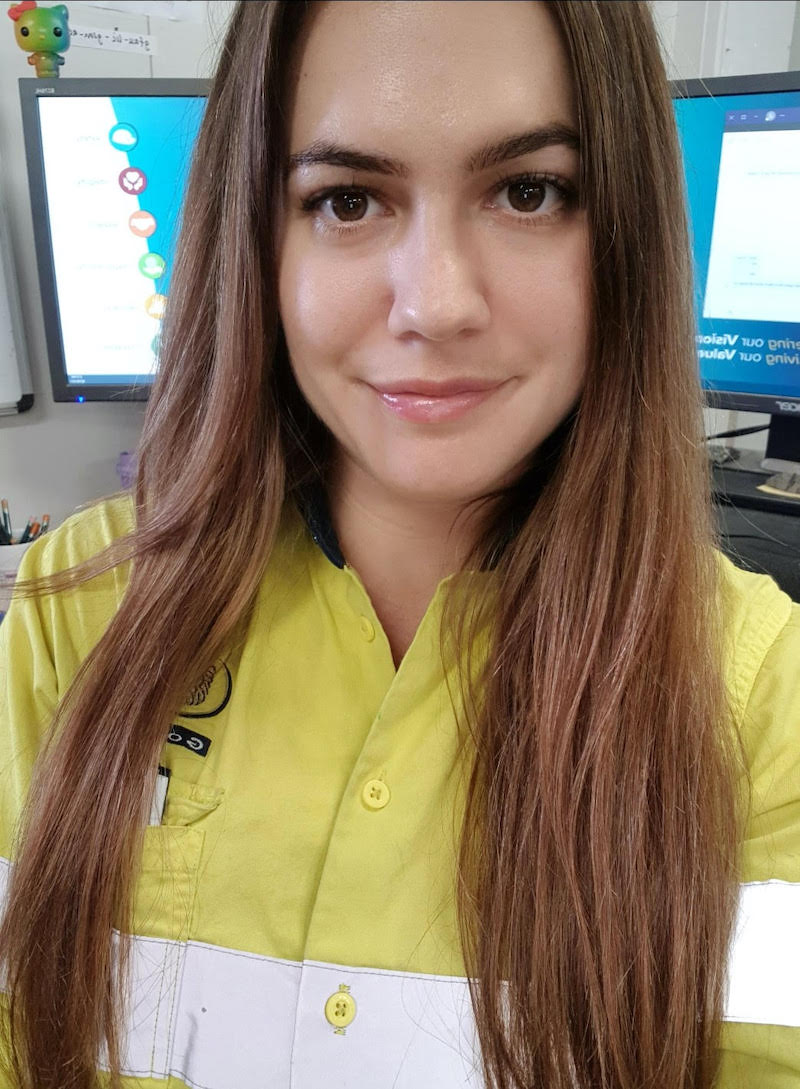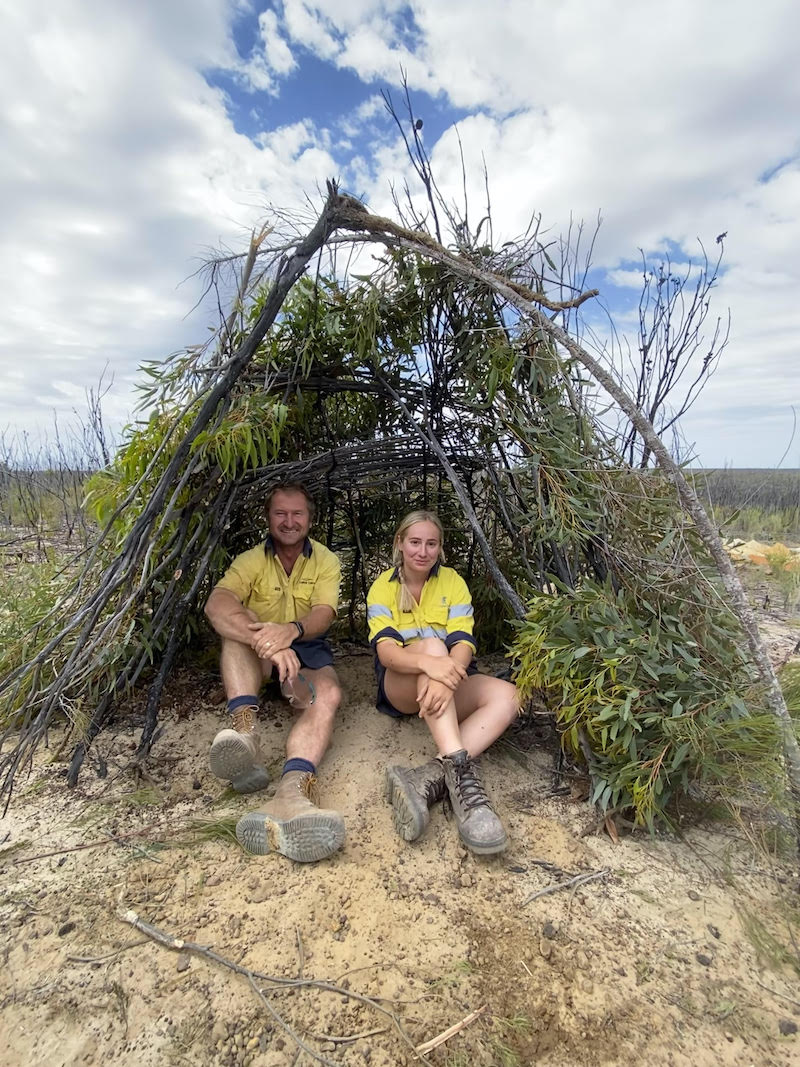Opportunities abound, but obstacles persist for women in mining

Picture: Getty Images
By modern standards, the mining laws of years gone are archaic – a telling indicator of a gender imbalance in desperate need of a reset.
Written into legislation were restrictions which prevented women from setting foot in an underground mine – in Western Australia until 1986, and in Queensland and New South Wales until 1989. Consider that for a moment. It’s not so long ago.
Much has changed by way of mining law and workforce in the three decades since those rules were banished into history, with foundations laid for those who have followed and are progressing in the field to this day.
Looking at how far we’ve come, the optics are promising. There’s a strong culture in Australian mining of female trailblazers who have forged a path for those of both genders entering the workforce and yet to come, established leaders of mining’s current generation with a commanding presence spanning tertiary education, boardrooms, minesites (yes, even underground ones), newsrooms and exploration teams.
But for all the progress made the underlying figures suggest there is plenty left to be desired – WA’s ongoing, headline-making FIFO Sexual Harassment Inquiry speaks to the industry’s challenges.
The Workplace Gender Equality Agency’s (WGEA) 2020 financial year report showed mining was almost the nation’s worst-performing sector when it came to gender diversity, only behind construction, with women making up 18% of the workforce.
Female directors counted for just 19.6% of all directors, while 7.6% of CEOs were women.
That may be improving, at least at the top. Recently, the Australian Institute of Company Directors revealed all ASX 200 companies had female representation for the first time, following appointments by Chalice Mining and Silver Lake Resources.
The index is cross-sector, though mining’s place in Australia’s economic make-up gives it strong representation within that.
More recent WGEA data showed positives for the mining sector as well. Against an overall gender pay gap of 20.1% (!), mining’s figure came in at 13.6%. While 52.4% of all companies offered primary carer’s leave, mining’s rate was higher at 62.1%.
All mining companies included in the report had formal policies to prevent sexual harassment and discrimination.
Still, 18% female participation is less than one-fifth of a workforce on which Australia’s ongoing economic prosperity is largely built.
Stockhead spoke with those at the forefront to get some perspective for the opportunities and challenges facing women in mining in 2021.
Kicking dirt an adventure every day
Sisters with a six-year age gap, Camilla and Talitha Golding have each forged their own paths into mining as their industry of choice.
When Gold Fields mine geologist Camilla first enrolled in university in 2010, the industry was in the middle of unprecedented boom time, and the natural choice for someone with a keen interest in science – though gender was a driving factor in the decision.
“I definitely factored in that it was a male-dominated industry when I made my decision,” Camilla said.
“I had attended an all-girls school for 14 years and was very much ready for a change in environment. I also enjoy a challenge, so my inner competitor probably liked the idea of going up against the men – I grew up with a twin brother, so I’m pretty capable of holding my own when or if I need to.
“I remember having a ‘bring it on’ attitude at the time.”

The younger of the pair, Talitha’s pathway to her current role as an exploration geologist with Lefroy Exploration centred more around opportunity than challenge.
“I was drawn to the idea of being able to travel, knowing that there could be jobs in places like South America and Canada,” she said.
“I took a gap year and realised I really wanted to work in the mining industry. I don’t think I ever even considered the fact it was a male-dominated field.
“It never really bothered me.”
On entering the workforce, both sisters said they felt the environment was initially daunting, though this was put down to insecurities around youth and inexperience rather than gender – a challenge for any new worker regardless of gender.
Camilla said she felt the same about the opportunities she’d been presented over her time in the industry.
“When it comes to opportunities I’ve thought about it in the same light,” she said.
“I would like to believe that you make your own luck, and that anything I’ve landed along the way is merit based and the result of me stepping outside of my comfort zone and making a good impression, rather than for gender reasons.
“With that said, gender-specific targets and diversity quotas are common these days, and I would be naïve if I thought positions or offers had never been skewed in my favour because I’m female.”
Talitha, who recently entered the industry, said she had been fortunate enough to work with great people at Lefroy who helped her grow into the role.

Her graduating cohort was around one-third women – higher than Camilla’s – though she recognised that the industry would not always accommodate those who came through it.
“I have seen a lot of young women coming in through entry-level roles lately and that’s really promising, but I think it will be a matter of retention moving forward as well,” she said.
“To see women like Elizabeth Gaines at Fortescue, who’s in a high-profile leadership role, is really encouraging but we need to see more of it.”
Camilla reiterated the importance of retention in the industry.
“I would like to say that I agree with Talitha, retention is a huge issue,” she said.
“The traditional thinking that women need to choose between family and a career is still very relevant in mining, especially for women in FIFO roles.
“I think a lot of women in the industry will agree that it’s fine while we’re young but after a few years you start to consider other sectors that allow for a more balanced work and family life.
“And it should be noted that most women leaving or thinking about leaving are doing it at the middle management level or under, which only draws from the already small pool of women who last to make it into management roles. The industry will have to focus on finding ways to attract women for the long-term.”
Confidence and self-assuredness were also identified as key barriers to growth into executive roles.
“Beyond this, I think one of the biggest challenges we face, and this extends beyond just the mining industry, is building up the confidence in women to apply for jobs that they think are beyond them,” Camilla said.
Still room to improve
For newly minted Cazaly Resources CEO and career geologist Tara French, the attraction to the mining industry started growing up around the industry in Weipa and progressed over years into a passion and ultimately a profession.
The long-serving former Regis Resources general manager (exploration) led a gender balanced exploration team in her former role and now helms a diversified mineral explorer.
She said industry-wide recognition of gendered challenges has accelerated dramatically over the past five or so years.
“There’s been a lot more females come through the industry over that time who want the opportunity to do it all – the family, the children, and the career,” she said.
“That has really pushed a lot of change in our industry and across industries, to be more flexible with working hours.
“There is still a long way to go, but I do see it moving in the right direction.”

Despite positive signs, French said she felt the onus to drive change was still being put heavily on women coming through, rather than leaders at the top.
“When it comes to the crunch with diversity policy, the onus is often put onto the particular employee to put forward a business case for how they can continue with their career,” she said.
“To my mind that means we’re not there yet. We say we have workforce diversity, but we’re not really offering up ways that people can continue and keep their careers alive while keeping the opportunity to have a family.
“The expectation still falls very much on the individual.”
French said she believed the mining sector was on track and would get to where it needed to be.
“Given the stage we are at, this can also be seen as an opportunity for women to offer up suggestions and really be part of a bigger and better industry-wide change,” she said.
“We will see better fit for purpose changes if individuals work with their companies to find solutions together.”
Follow the money trail
Having raised kids of her own while forging a successful career in the mining sector, Indiana Resources executive chair Bronwyn Barnes is someone who has done it all – though not from the conventional pathway.
It was corporate work in the government relations sector which led Barnes into the mining sector around 25 years ago, a time when she said women in mining were represented by receptionists, secretaries and HR people, with the occasional finance employee sprinkled in.
“There were a few standout women in the early days who did make inroads at site and managed operations, but they were few and far between,” she said.

Plenty has changed on the ground since then, according to Barnes, with the skills of female workers now applied fairly across the board and not just in administrative roles.
However, the experienced board representative expressed her concern at a piece not often discussed when it came to the mining gender conversation.
“People aren’t talking enough about the lack of females sitting in the top 20 shareholder lists of the registers of ASX-listed companies,” she said.
“This is a real reflection of wealth, and of who holds the money. The rules are pretty simple in this industry – he who holds the gold, makes the rules.
“If you don’t have females who are significant shareholders of companies, and who can actually participate as shareholders in the strategic direction of the company, then in my view it’s still not an equitable playing field for all.”
Barnes said she believed the disparity of gender in shareholdings came back to traditional financial values of the family unit – “men have traditionally held the finances and controlled the money”. But, as a major shareholder of two ASX-listed companies in her own right, she believes the challenges for women looking to break in run deeper.
“If you’ve got a predominance of men in board rooms and in senior leadership roles, they’re all very good at offering their mates opportunities,” she said.
“They’ll ring up and say ‘I’ve got an IPO coming up, do you want an opportunity on the seed round?’ – these kinds of opportunities are really well networked amongst the men.
“I don’t think women have these kinds of networks built up yet. There are a few women who run their own IPOs, for example, or who have other women take large investment positions in their companies. But it’s a very accepted way of wealth creation for men.
“We need to be encouraging women who work in the industry to run their own investment portfolios and asking how women get involved in opportunities.”
Wealth disparity between genders is a broader and more complex societal issue, and one which can have dire consequences in work and life for those who are financially disparate.
For her own part, Barnes was proactive in teaching her adult daughters the importance of money and how to manage it. She said the best way to learn, or to encourage people to learn, was to read and listen.
“You need to find every single thing you can possibly get that’s free, and start from there,” she said.
“Start buying books, start reading, start talking to people. When people ask how to find the information on all the companies I tell them to subscribe to websites like Stockhead.
“In the industry, I’d like to see more financial education for women – programs that actually teach women to run their portfolios – because right now I think there are very few women who run their own active trading portfolios and actively invest in junior stocks.”
UNLOCK INSIGHTS
Discover the untold stories of emerging ASX stocks.
Daily news and expert analysis, it's free to subscribe.
By proceeding, you confirm you understand that we handle personal information in accordance with our Privacy Policy.








